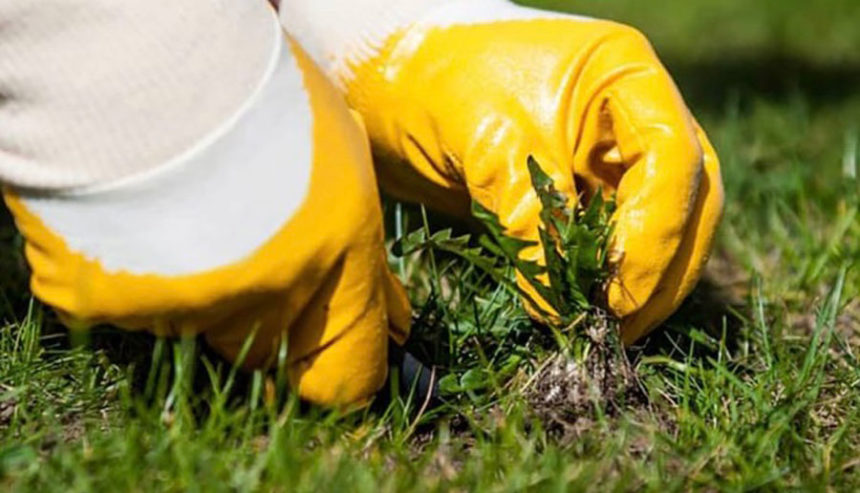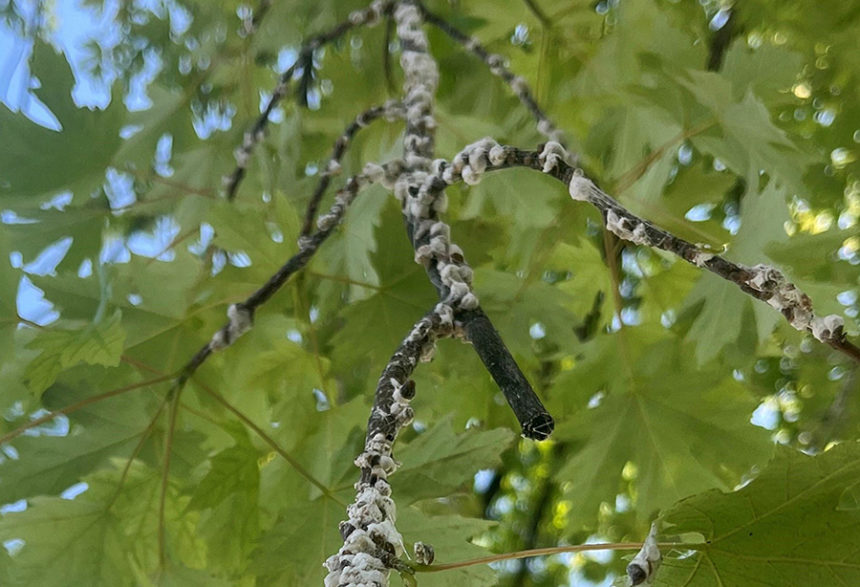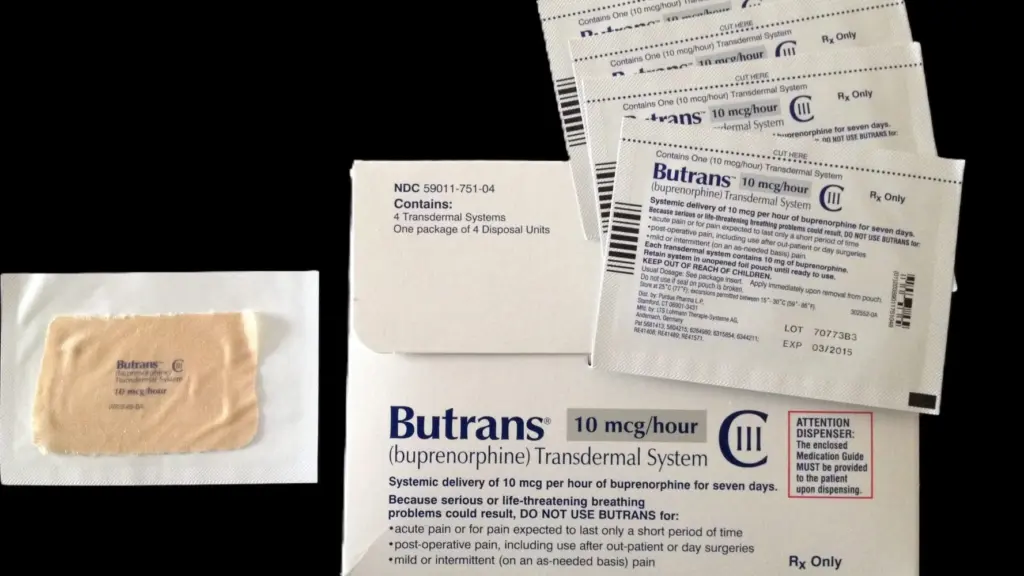One of the most satisfying—and perhaps the most annoying—plants to grow in the garden is the tomato. Gardeners frequently encounter issues like cracked skins, charred bottoms, or twisted leaves as the fruit starts to ripen. Tomato leaf curl, blossom-end rot, and fruit splitting are all typical symptoms of nutrient imbalance or stress. Thankfully, many issues can be lessened or prevented completely with a few easy actions based on university Extension research.
Tomato Cracking or Splitting
In Idaho gardens, fruit splitting is a frequent problem, particularly in the middle of summer. Two different types of cracks can form. While concentric cracks create circular rings around the stem end, radial cracks extend from the stem down the tomato’s sides. More severe radial splits might expose the fruit to insects and decay. When a tomato absorbs water too rapidly after a dry spell, which frequently occurs after intense rain or abrupt watering, splitting occurs. The fruit splits because the inside of the tomato grows more quickly than the skin can accommodate it. Thin-skinned types, hot temperatures, fast fruit growth, and irregular watering frequently exacerbate this.
Throughout the growing season, aim to maintain a constant soil moisture content to avoid splitting. Regular, thorough watering—ideally one inch per week—is optimal for tomatoes. Drip irrigation systems or soaker hoses aid in the uniform distribution of moisture. Straw, shredded leaves, or grass clippings can be applied as a mulch layer to help retain moisture and lessen temperature fluctuations in the soil. Offering some midday shade during intense heat might lessen plant stress and delay the growth of fruit. Cracks can also be avoided by harvesting tomatoes at the breaker stage, which is when they start to change color, particularly if rain is predicted.
Blossom-End Rot
A deep, leathery black or brown blotch on the tomato’s lower end is a sign of blossom-end rot (BER). BER is actually brought on by a calcium imbalance in the plant, despite the fact that it may appear to be a disease. The issue usually starts when stress prevents plants from adequately absorbing calcium. Rot can occur even when there is an adequate supply of calcium in the soil due to interference with calcium transport caused by dryness, overwatering, root damage, or excessive nitrogen fertilization.
Tomato blossom-end rot. | Photo courtesy of Brenda Kennedy, Bugwood.org, University of Kentucky.
Watering thoroughly and regularly—roughly an inch per week—as well as using mulch to retain moisture in the soil and keep root zones cool are the best ways to avoid blossom-end rot. High-nitrogen fertilizers can promote excessive foliage growth at the expense of calcium intake and fruit development, so avoid using them excessively. Applying gypsum or lime may be beneficial if a soil test indicates low calcium or a pH below 6.0. Digging too near the plant’s base can upset the roots, thus it’s crucial to avoid doing so. Remove the impacted fruits if BER develops so the plant can concentrate its efforts on producing healthy ones. Although BER tomatoes are safe to consume, they are often of low quality and should not be canned or preserved. Fortunately, the plant usually starts to produce healthy fruit again as soon as the growing conditions change.
Tomato Leaf Curl
There are various causes of tomato leaf curl, and the severity of the condition depends on the cause. Physiological leaf curl, a benign reaction to stress, is the most prevalent type. Older leaves are typically affected by this kind of curl; they roll inward or upward but stay healthy and green. Leaf curl can be caused by transplant shock, dry soil, hot temperatures, or excessive pruning.
In other situations, pesticide drift—especially from broadleaf weed killers like 2,4-D—causes leaf curl. As a result, leaves pucker, distort, or become discolored as they curl downward. Viral infections like the Tomato Yellow Leaf Curl Virus (TYLCV) are a more significant cause. This virus causes the plant to grow stunted and exhibit yellowing, while the leaves thicken and curl upward. Whiteflies propagate viral leaf curl, which, if ignored, can significantly reduce yields.
The bud area turns yellow, and the leaves get curled and smaller, resembling mouse ears. overall plant stunting. David B. Langston, University of Georgia, Bugwood.org, is the photographer.
Treatment for physiological leaf curl is not required. Just water the plant frequently, use mulch to control the soil temperature, and refrain from excessive fertilizer and harsh pruning to lessen stress on the plant. Broadleaf herbicides should not be sprayed close to your garden, and compost or grass clippings that can contain herbicide residue should not be used. Although viral leaf curl is more difficult to prevent, you can lower your risk by planting disease-resistant cultivars, controlling whiteflies with insecticidal soap or sticky traps, and quickly removing diseased plants. Crop rotation and proper sanitation will also help reduce the risk of illness in the future.
One Approach, Many Benefits
Despite having distinct origins, splitting, blossom-end rot, and leaf curl may all be avoided with many of the same gardening techniques. One of the best ways to maintain consistent soil moisture is to water deeply and frequently. In addition to preserving moisture, mulching shields roots from harm and lessens heat stress. Restricting nitrogen helps stop plants from growing too quickly and unevenly, which damages them. Stress can be further decreased by preventing root disturbance through careful cultivation and by providing shade during periods of extreme heat. An improved tomato yield can be achieved by selecting disease-resistant cultivars, maintaining a clean garden, and closely monitoring plant health.
Your Idaho garden can yield a stronger harvest and fewer tomato problems if you pay a bit more attention to plant care, nutrition, and watering.









